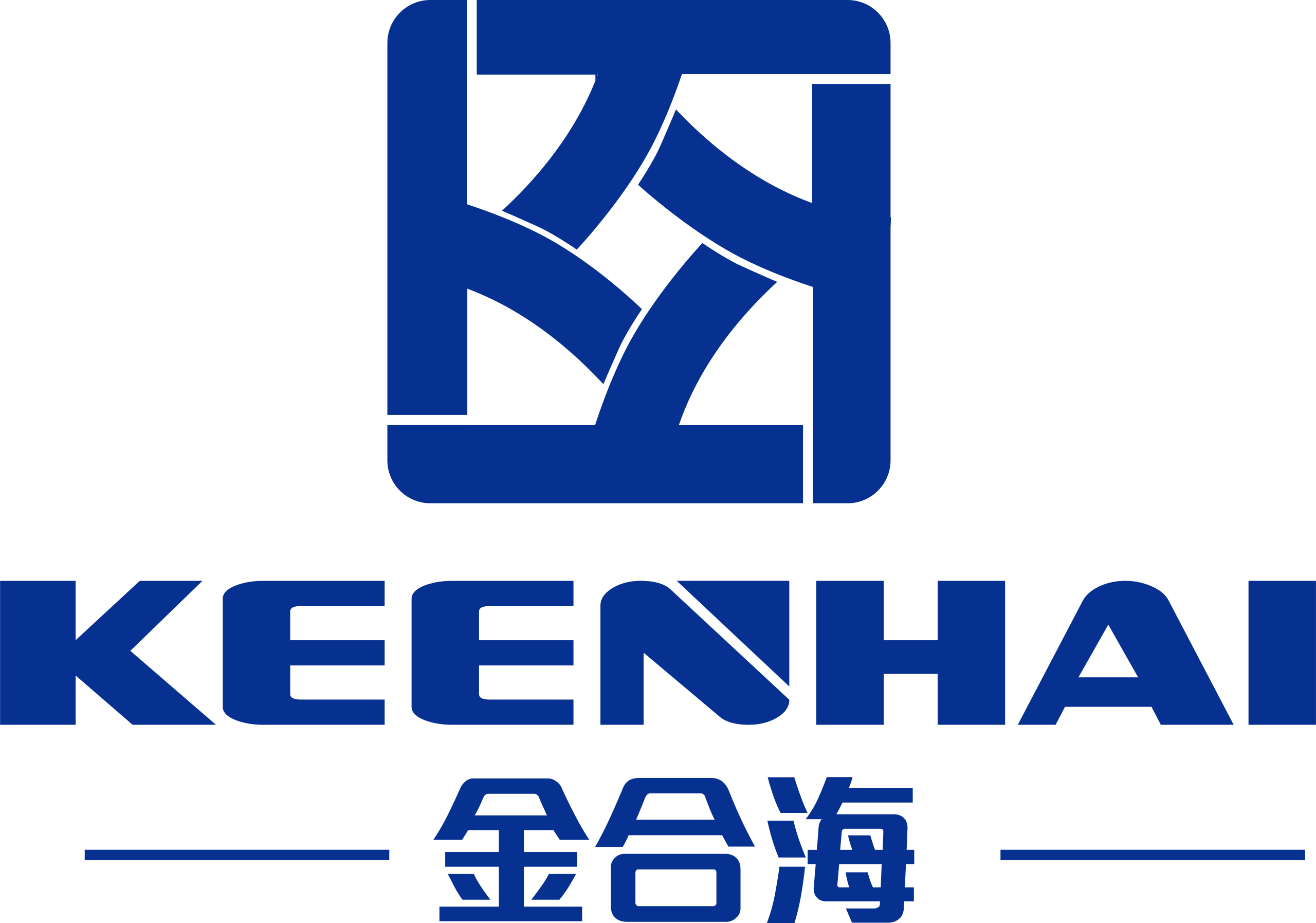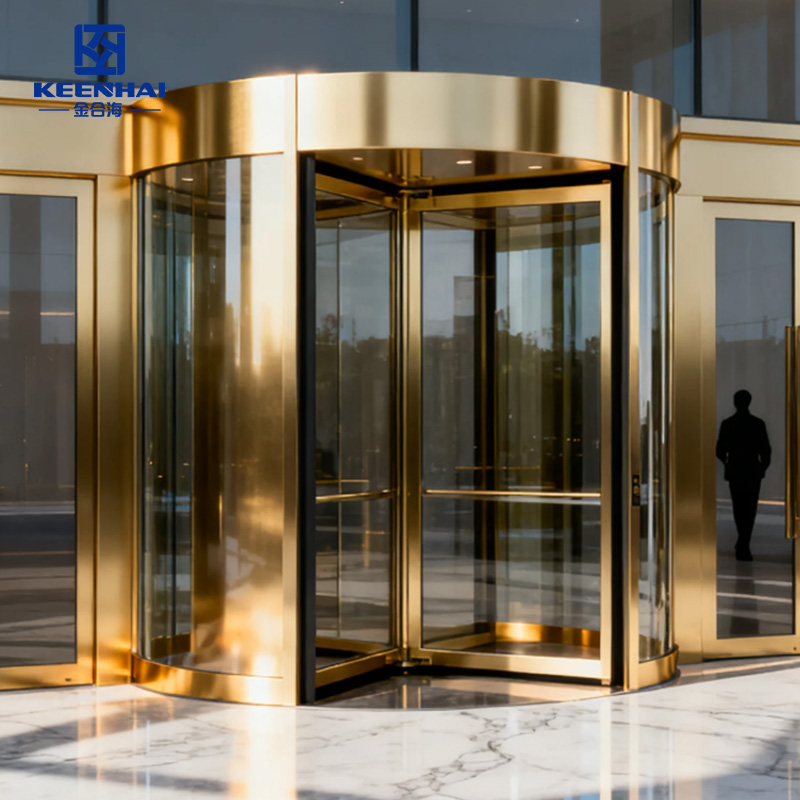A typical residential stainless steel sliding door ranges $700–$1,200 depending on size, finish, and hardware. Automatic or PVD-coated versions push the price to $1,200–$1,800. Factors like frame thickness, panel width, and sensor systems influence cost. Homeowners should also consider installation, which can add $150–$350, and minor maintenance every few years. Compared with aluminum or wood, stainless steel doors provide longer lifespan, lower maintenance, and premium aesthetics, making them a better long-term investment for modern homes.
1. Average Cost of Stainless Steel Sliding Doors in 2025
The average cost of stainless steel sliding doors in 2025 varies widely depending on use case, finish, and automation level. For residential interiors, a simple single-panel model starts around $900–$1,500, while premium options with tempered glass and brushed PVD coating can easily exceed $2,200. In high-traffic commercial projects, like hotel lobbies or airport terminals, large-scale automatic stainless steel sliding systems typically range from $2,800 to $4,500, depending on track design and sensor technology.
These prices reflect not just the door itself but also the frame gauge, motor quality, and installation complexity. For instance, a frameless glass sliding door used in luxury retail stores may have higher finishing costs due to its custom hardware and seamless aesthetic integration.
1.1 Residential vs Commercial Price Range
Residential installations usually start at $700–$1,200 for a standard single-panel stainless steel sliding door, with dimensions around 900–1000mm width and 2100mm height. Homeowners often choose brushed or mirror-polished finishes, balancing aesthetics and cost. Automatic glass options cost more, generally $1,200–$1,800, depending on sensor systems and motor type.
Commercial spaces demand stronger frames, larger panels, and full automation. Hotel lobbies, office entrances, or retail storefronts frequently require Hotel Automatic Stainless Steel Sliding Doors, which can range from $1,500 to $3,200 per unit. Larger widths, thicker frames, and high-traffic durability drive the price higher.
Key cost factors for each sector:
-
Panel size – wider or taller doors increase material cost significantly.
-
Automation – adding motion sensors, soft-closing motors, and access control adds $500–$1,000.
-
Finish and coating – PVD coatings, mirrored surfaces, or custom colors add $150–$300 per panel.
1.2 Standard vs Custom-Made Door Pricing
Standard-sized doors are pre-manufactured and ready for installation. They are the most cost-effective option: $700–$1,200 for residential and $1,200–$1,800 for commercial applications. Custom-made doors, however, allow unique dimensions, finishes, or integrated branding, which can increase the total by 30–60%.
For example, a custom PVD-coated stainless steel sliding door for a boutique hotel may cost $2,500–$3,500, while a similar standard model would only be $1,800. Custom designs often include:
-
Wider panels or double-door configurations.
-
Special frame thickness or reinforcements for high-traffic areas.
-
Integrated access systems, sensors, or decorative inlays.
Architects and designers often prefer custom options for hotel lobbies, luxury retail stores, or office entrances, as they allow the door to match interior design without compromising performance. PVD-coated stainless steel sliding doors are popular here due to their durability and premium finish.
1.3 Regional Price Differences Across Markets
Prices vary significantly by region due to labor, material costs, and shipping:
| Region | Average Residential Price | Average Commercial Price | Notes |
|---|---|---|---|
| North America | $700–$1,300 | $1,500–$2,800 | Higher labor costs; premium finishes common |
| Europe | $750–$1,350 | $1,600–$3,000 | VAT and import fees influence pricing |
| Asia | $650–$1,100 | $1,400–$2,500 | Local manufacturing can reduce costs |
| Middle East | $800–$1,400 | $1,700–$3,200 | Luxury hotels and high-end malls drive demand |
Shipping and installation also contribute: transporting large panels long distances can add $100–$250, and professional assembly ranges $150–$700 depending on automation and complexity.
Commercial buyers often choose Раздвижные двери из нержавеющей стали in bulk to save on unit costs, while residential clients focus on single units with standard finishes to balance aesthetics and price.
Even within the same country, metropolitan areas usually cost 10–20% more than rural locations due to labor and demand for premium finishes.

2. Key Factors That Influence the Final Price
2.1 Door Size and Opening System Type
Door size is the first thing that shapes the total price. А single-panel stainless steel sliding door (900mm × 2100mm) usually starts from $350–$500, while a double-panel model or oversized door over 1800mm width often goes beyond $1,200–$1,800 depending on material grade and supplier.
Opening systems change the cost curve even more. Manual stainless steel sliding doors remain the most affordable option, while automatic systems can easily double the price once sensors, motors, and wiring come in. Many buyers choose manual setups first, then upgrade later as budgets allow.
You can check detailed type-based pricing in the Stainless Steel Sliding Door Price Guide, which compares system costs across models and finishes.
Before placing an order, always:
-
Measure the wall opening carefully to avoid track misalignment.
-
Decide between single-track or dual-track systems based on your wall clearance.
-
Confirm the mounting method — ceiling-mounted systems typically cost 10–15% more than wall-mounted ones but look cleaner in modern interiors.
Small mistakes in measurement or mounting choice can easily add 10% to total project cost, so spending time on this step always pays off.
2.2 Glass Type, Frame Thickness, and Finishing Options
Glass selection plays a huge role in cost variation. Basic 8mm tempered glass is the go-to for most residential doors. Once you switch to laminated, frosted, or tinted glass, expect a jump of $80–$250 per panel. Double-glazed panels used for sound insulation or energy control often raise prices another 20–30%.
Frame thickness changes the overall budget as well. A 1.2mm frame works for indoor partitions, while 2.0mm–2.5mm stainless steel is better for heavy-duty or commercial projects. The thicker structure brings more rigidity but adds up to 40% extra cost because of the additional raw material and welding precision.
Finishing choices create both visual and budget differences. A brushed finish gives a matte, industrial look, while mirror-polished stainless steel reflects more light and fits luxury interiors. The PVD-coated finish is the most durable — it costs about $150–$300 more but lasts three times longer without corrosion or fading. You can dive deeper into surface options in the PVD Stainless Steel Finishing Guide.
Keeping the surface clean is simple — wipe it with neutral detergent every few months and avoid acidic solutions. Even a light polish once or twice a year keeps the finish looking new for years.
2.3 Hardware, Automation, and Installation Fees
Hardware quality determines how long the system runs smoothly. A standard roller set and track may cost only $120–$200, but premium 304 stainless steel rollers и anti-corrosion tracks raise it to $250–$400. High-end features like soft-closing systems or frameless handles add another $40–$70 per panel but significantly improve user experience.
Automation systems make a big difference in both comfort and price. Adding motion sensors, a motor, and control units can push the total up by $800–$1,500, especially when you opt for quiet DC drives. The setup requires careful steps to ensure performance:
-
Install and level the bottom guide track first.
-
Attach rollers and ensure both panels glide evenly.
-
Connect the motor system, test the closing speed, and adjust door pressure.
Installation cost depends on complexity and local rates. Manual sliding doors usually range from $150–$350, while automatic systems take $400–$700 due to electrical work and calibration. A proper service should always include track alignment, motor setup, and site cleanup.
The Stainless Steel Sliding Door Installation Guide covers the full process in detail, from measurement to wiring layout, so you can compare professional installation vs. DIY with real numbers.
Low-end hardware or rushed setup often shortens door lifespan by more than 40%, so investing in precision parts and skilled installers always saves money in the long run.

3. Cost Comparison With Other Materials
3.1 Stainless Steel vs Aluminum Sliding Doors
Stainless steel sliding doors cost more upfront but outperform aluminum in durability and long-term value. Aluminum panels typically cost $280–$600 per panel, while stainless steel panels start around $700 and can reach $1,500, depending on size, frame thickness, and finish.
Here’s a natural price comparison:
| Material Type | Average Price (per panel) | Lifespan (Years) | Maintenance | Typical Use |
|---|---|---|---|---|
| Aluminum Sliding Door | $280–$600 | 8–10 | Средний | Residential interiors |
| Stainless Steel Sliding Door | $700–$1,500 | 15–25 | Низкий | Hotels, offices, luxury homes |
| Automatic Glass Sliding Door | $1,200–$2,000 | 12–18 | Средний | Commercial buildings |
Aluminum saves money at first, but it dents and scratches easily, and repainting is often needed every 3–5 years. Stainless steel doors retain their polish and structural integrity, making them ideal for high-traffic areas like hotels and retail stores.
3.2 Stainless Steel vs Glass and Wooden Doors
Compared to glass or wooden doors, stainless steel sliding doors combine strength and elegance. Wooden doors cost $400–$900, but they warp in humid climates. Frameless glass sliding doors can cost $900–$1,400, yet they need constant cleaning and provide limited insulation.
High-end projects often choose PVD-coated stainless steel sliding doors for hotel lobbies or luxury retail spaces because the coating enhances color options, fingerprint resistance, and corrosion protection.
Over 10–15 years, stainless steel doors require minimal maintenance, while wooden or aluminum doors may demand repainting or refinishing, increasing total cost.
3.3 Long-Term Value vs Initial Investment
Even though stainless steel sliding doors cost $700–$1,800 per unit, their long-term value surpasses cheaper alternatives. Aluminum or wooden doors often need replacement after 7–10 years, while a well-maintained stainless steel model lasts 20+ years.
Many commercial spaces install Hotel Automatic Stainless Steel Sliding Doors because they endure heavy daily use with only routine lubrication and minor motor adjustments.
Key factors that improve cost efficiency over time:
-
Durability: Stainless steel resists corrosion, dents, and temperature fluctuations.
-
Maintenance cost: Aluminum and wood require repainting or refinishing every 3–5 years at $100–$300 per cycle.
-
Aesthetic longevity: Brushed or PVD finishes maintain shine without fading.
Calculating total cost of ownership over 15 years shows that stainless steel sliding doors typically reduce expenses by 25–35% compared to aluminum or wood, making them the smarter investment in commercial, coastal, or luxury projects.

4. Additional Costs You Should Consider
4.1 Transportation, Packaging, and On-Site Assembly
Large sliding door systems, especially premium stainless steel models, come with notable logistics costs. Shipping a single 2-meter by 1-meter door can run $80–$200, depending on distance and handling requirements. Padded packaging and crate reinforcement add another $30–$60 per unit.
On-site assembly requires precision. A typical professional installation for manual doors costs $150–$350, while fully automatic setups can climb to $400–$700 due to wiring, motor calibration, and track leveling. Steps usually include:
-
Unpacking and inspecting all components for damage.
-
Positioning and leveling the track to ensure smooth operation.
-
Mounting rollers, panels, and motor systems, then testing the glide.
-
Adjusting closing speed and pressure to meet safety standards.
Hotels and commercial buildings often choose Hotel Automatic Stainless Steel Sliding Doors for high-traffic entrances because the precision assembly reduces long-term wear.
4.2 Maintenance, Cleaning, and Replacement Parts
Routine upkeep keeps doors functional and attractive. Metal frames require light cleaning every 3–6 months using neutral detergents, while glass panels demand weekly wiping in commercial settings. Replacing worn rollers or soft-closing mechanisms typically costs $40–$120 per component.
Automatic systems need more attention:
-
Lubricate moving parts twice a year.
-
Check sensors and motor function monthly.
-
Replace worn belts, rollers, or sensors as needed.
Choosing PVD-coated stainless steel sliding doors reduces maintenance frequency because the coating resists fingerprints, scratches, and corrosion. Over a decade, maintenance costs often remain 50–70% lower than uncoated or aluminum doors.
4.3 Warranty and After-Sales Service Costs
Extended warranties provide peace of mind but affect overall budgeting. Most manufacturers offer 1–2 year standard coverage, while extended service plans can add $100–$250 per door. Coverage typically includes:
-
Mechanical component failure such as rollers, tracks, or motors.
-
Frame or coating defects not caused by misuse.
-
Technical support for installation or adjustments.
Brands like pvdstainlesssteel often bundle after-sales service with premium doors, ensuring quick replacement of parts, emergency support, and routine checkups, which reduces unplanned costs over time.
Factoring in these additional expenses — transportation, assembly, maintenance, and warranty — can increase the total investment by 15–25%, but it guarantees smooth operation and preserves aesthetic value for years.




